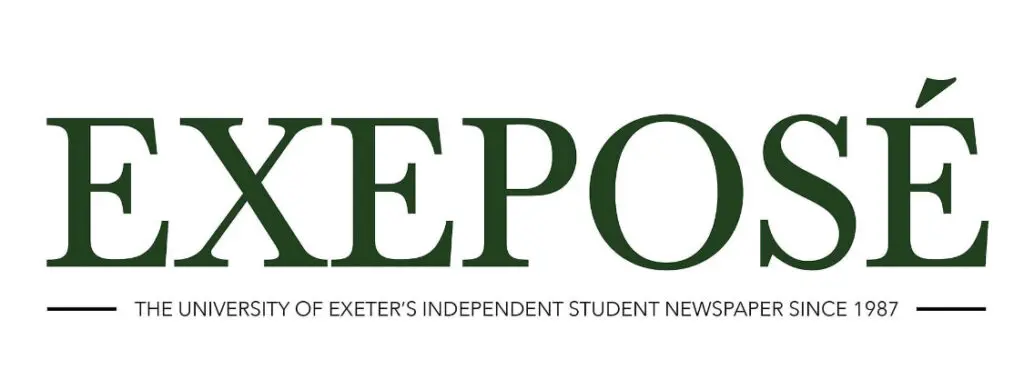
Cash Injections
Tom Dormer, Online Science Editor, discusses barriers to developing a Coronavirus vaccine.
As of 28th February, 85,000 people have been infected by the new coronavirus, with that number expected to rise exponentially. In response, large research and biotechnology companies have already been tasked to create a global vaccine. However, vaccines take a long time to develop. Over the last 150 years, the average time it takes from a detecting a disease , to a vaccine being licensed is 29.5 years.
So why does vaccine development take so long, and when can we expect a coronavirus vaccine rolled out globally?
The Issues
The main issue is (as is usually the case in research) down to money. Because much of the funding for vaccines comes from large biotechnology companies, their focus is primarily on diseases which pose the biggest risk to society. This occurred when the Middle East respiratory syndrome (MERS) broke out in 2012, meaning vaccine companies saw their funding moved from their current progress on a SARS vaccine to the new disease (to this day there is still no approved SARS vaccine).
The same happened with Ebola too. Only last month was a highly efficient vaccine was finally completed, with the efforts of biotech companies not quick enough to help during the crisis in 2014. Instead, what was more important was the response prevent the outbreak from spreading any further.
Because much of the funding for vaccines comes from large biotechnology companies, their focus is primarily on diseases which pose the biggest risk to society.
Fortunately, the development of the coronavirus vaccine is greatly assisted by a $12.5 million funding by the Coalition for Epidemic Preparedness Innovations (CEPI), a non-profit organisation formed to aid the development of new vaccines against new infectious diseases. This should mean that companies have the funding to focus on coronavirus for a longer time (should a new virus spring up elsewhere).
Sometimes, however, half the problem is detecting the virus in the first place. For example, despite taking some action to control the outbreak of Sars in November 2002, Chinese officials did not tell the World Health Organisation about the disease until February 2003 – a full 3 months after the first case, by which point 2000 people had already been infected.
Fortunately for us, Chinese officials identified and released the genetic code for novel Coronavirus very quickly, meaning companies could start work on their vaccines early. It has already been announced that Moderna Inc, a large Massachusetts based biotech company, are collaborating with the US National Institute of Allergy and Infectious Diseases to speed development.
How long before we see a vaccine distributed?
Some estimates believe a potential vaccine will start ‘Phase I’ in humans in about three months, meaning larger scale human tests should be available in the summer if all goes to plan. This would be a short time period never seen before in the likes of medicine before.
Looking at the past too, only 22% of vaccines are completely successful throughout development.
Others are less optimistic however, with unexpected issues and roadblocks expected in both the development and trial of the vaccine. Looking at the past too, only 22% of vaccines are completely successful throughout development.
Only time will tell whether this vaccine will be completed this year, with both funding and luck taking a large role. What is more important is the containment of the virus before it spreads further. This also brings up a wider issue of whether vaccine development should be a purely reactionary issue, or whether vaccines could be created preemptively? Either way, this coronavirus outbreak is a test for the medical services and biotech companies around the world, with the experience we gain hopefully preventing something like this reoccurring in the future.


